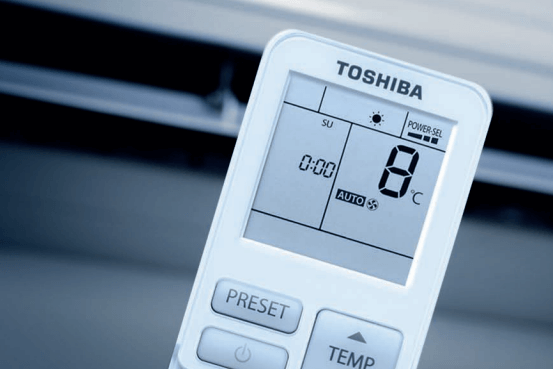Blog
Efficiency indicators

The efficiency of air-conditioning systems and heat pumps is expressed in terms of a coefficient of performance.
The power factor is the ratio of the cooling or heat output to the electricity consumed. If the power coefficient is high, it means high energy efficiency. For example, a COP value of 4.0 means that 1 kW of electricity generates a heating output of 4 kW – that is, four times as much.
EER – Energy Efficiency Ratio
Power coefficient for cooling operation
COP – Coefficient Of Performance
Power coefficient for heating operation
For air-conditioning systems, the EER value indicates the coefficient of performance for cooling operation, while the COP value represents the coefficient of performance for heating operation. As these values are only for one operating point, additional performance coefficients have been defined specifically for air-conditioning to take into account part load and also climatic influences.
SEER – Seasonal Energy Efficiency Ratio
Power coefficient per year for cooling operation
- Expanded to include seasonal factors
- Temperatures of +20, +25, +30 and +35°C are used as measurement points
SCOP – Seasonal Coefficient Of Performance
Power coefficient per year for heating operation
- Expanded to include seasonal factors
- Temperatures +12, +7, +2 and -7°C are used as measurement points
The coefficient of performance per year is called SEER for cooling operation and SCOP for heating operation in the context of air-conditioning systems and heat pumps and takes into account temperature changes over the year.
ESEER – European SEER
VRF systems are currently assessed according to the ESEER value, which includes partial load factors. For this, a formula is used to calculate the sum of four individual values with different weights.


